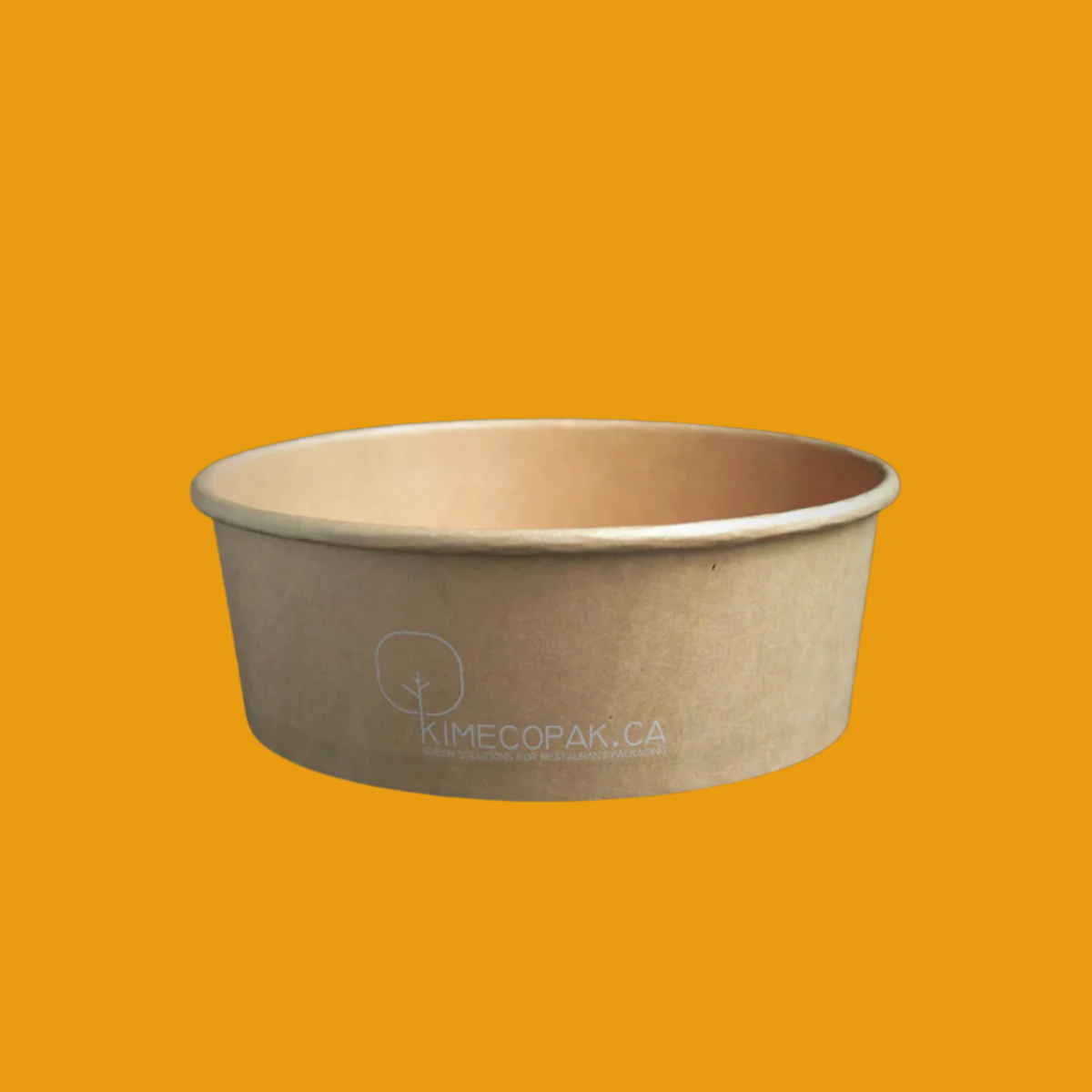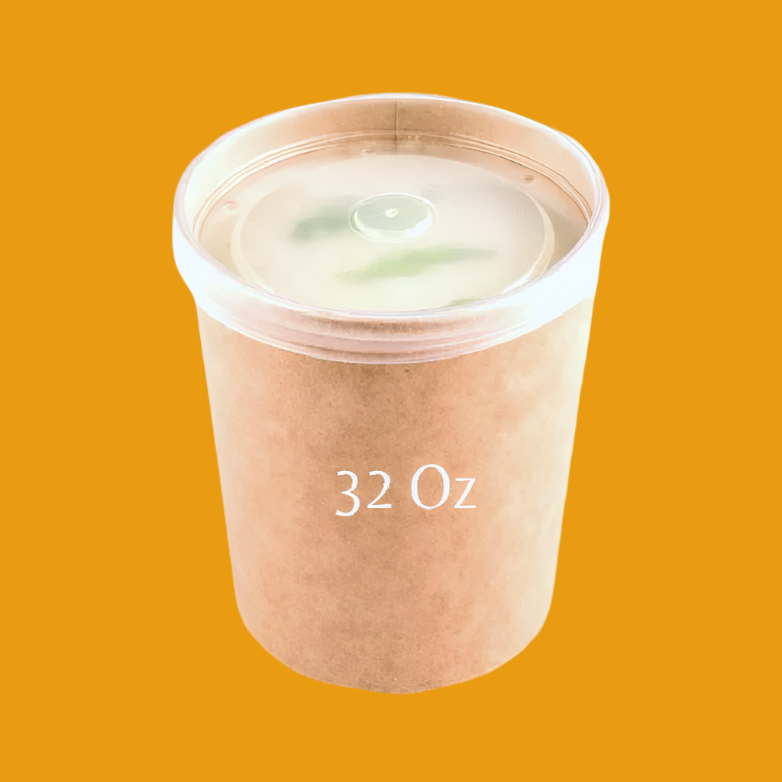Dreaming of opening your own boba tea shop? You’re not alone—and you're on the right track. With colorful drinks, chewy tapioca pearls, and a growing fan base, bubble tea has become more than just a trend—it’s a business opportunity bubbling with potential. But behind every successful shop is a solid plan.
If you’re wondering how to start a boba tea business, this step-by-step guide will walk you through everything from market research and branding to menu creation and marketing strategies. Whether you're just brewing this idea or ready to bring it to life, let’s lay the foundation for your very own boba empire.
Understanding Tea Bar for Business Starter
How To Open a Boba Tea Shop: Laying the Foundation: Planning Your Boba Empire

Understanding the Boba Tea Market
Starting a boba tea business is an exciting venture, and the first step is understanding the market you’re entering.
- Current Trends: Boba tea has gained immense popularity, especially among younger consumers, thanks to its unique flavors and Instagram-worthy visuals. The market is expanding, with diverse offerings like fruit-infused teas and specialty drinks.
- Local Market Research: Take time to analyze your local community’s preferences. Are people excited about new flavors, or do they stick to classics? Tools like surveys or social media polls can help you gauge interest.
- Competition Analysis: Check out existing bubble tea shops in your area. What are their strengths? Are there gaps you can fill, like offering better pricing, exclusive flavors, or a cozy seating area? Identifying these can help differentiate your shop.
Crafting a Winning Boba Business Plan
Next, let’s map out your business plan. This foundational document will guide you through your journey.
- Executive Summary: Start with a brief description of your vision. What makes your boba tea shop unique? Set clear, achievable goals.
- Company Description: Describe who you are and what your shop stands for. Will it have a fun, youthful vibe or a more sophisticated atmosphere?
- Market Analysis: Dive deep into your target market. Who are they? What do they like? Make sure to research both competitors and potential customers.
- Products and Services: Outline your menu. Will you offer traditional boba, fruit teas, or quirky novelty items? Also, consider adding snacks like dumplings or pastries to draw in more customers.
- Marketing and Sales Strategy: Think about how you'll promote your business. Will you use social media, local events, or loyalty programs? A well-thought-out marketing plan is crucial to attracting and retaining customers.
- Management Team: If you’re bringing on staff, describe their roles. Even if you’re starting solo, think about what skills you bring to the table.
- Financial Projections: Provide estimates for startup costs, operating expenses, and potential revenue. A clear financial picture will not only help you in planning but can also attract potential investors.
- Defining Your Brand Identity
- Your brand is your identity; it tells customers who you are.
- Catchy Business Name: Brainstorm names that reflect your vibe. Try playing with words related to tea, flavors, or even local culture.
- Unique Logo and Visual Identity: Consider hiring a designer or using online tools to create a logo that embodies your brand. A visually appealing logo will catch the eye of potential customers.
- Brand Voice and Messaging: Think about how you want to communicate with your audience. Is your tone playful or classy? Consistency in branding will help you connect with customers.
The Nitty-Gritty: Legal and Financial Aspects

Choosing the Right Business Structure
Picking the correct business structure is essential for legal and tax purposes.
- Sole Proprietorship: Easy to set up and run, but you're personally liable for debts.
- Partnership: Sharing profits and responsibilities can be great, but it requires trust and good communication.
- LLC: Offers personal liability protection and is often preferred by small business owners.
- Corporation: More complex and costly but can provide liability protection and tax benefits.
Weighing the pros and cons of each will help you make the best choice for your shop.
Securing Funding for Your Boba Shop
Getting your finances in order is crucial for launching your boba business.
- Personal Savings and Investments: If you have savings, this is often the best way to fund your start-up without needing to pay back loans or give away equity.
- Loans from Banks or Credit Unions: Traditional loans can provide the capital needed, but be prepared for the paperwork and approval process.
- Small Business Grants: Look for grants specifically aimed at small businesses in your area. These don’t require repayment and can provide a helpful financial boost.
- Seeking Investors: If you have a strong business plan and an appealing concept, attracting investors might be a great option. Just be sure you’re comfortable giving up some control in exchange for funding.
What Licenses Do You Need to Open a Boba Shop
- Business Registration: Register your business name and entity type at the local and federal levels.
- Health Permits and Food Safety Certifications: It’s crucial to meet health and safety standards. Check with your local health department for requirements.
- Building Permits: If you plan to renovate your space, ensure you have the necessary permits to avoid fines or delays.
What is Golden Boba? How to Make Golden Boba Successful at Home?
Location: Finding the Perfect Spot

Identifying Ideal Locations
Finding the right spot for your boba tea shop can make all the difference. Here are a few key points to consider:
- High foot traffic areas: Look for locations near schools, shopping centers, or office buildings where potential customers frequently gather. Students and busy professionals are often on the lookout for quick, tasty beverages.
- Accessibility and visibility: Your shop should be easy to find and get to. Building a great storefront that’s visible from the street can draw in foot traffic.
- Proximity to your target audience: Know who you want to attract. If you're targeting students, being near colleges or high schools is ideal. Understanding your audience is crucial for your boba tea business.
Evaluating Lease Agreements
Once you’ve spotted a promising location, it’s time to look into lease agreements.
- Understanding lease terms and conditions: Make sure you thoroughly review the lease. Look for any hidden fees or conditions that might affect your business.
- Negotiating favorable terms: If possible, negotiate your lease. Maybe you can get a better rate or a longer lease based on the success of your concept.
Designing Your Boba Haven
Designing your shop matters just as much as the location.
- Creating a welcoming and functional layout: Think about how customers will flow through your space. Tables, chairs, and waiting areas should feel inviting yet practical.
- Seating capacity and customer flow: You don’t want to overcrowd your shop, but ample seating can encourage people to stay longer and try more items.
- Unique ambiance: Some boba shops stand out with themed decor or interactive elements, like a boba wall where customers can snap selfies!
Equipping Your Shop: Essential Tools and Ingredients
Must-Have Equipment
Having the right tools is vital for keeping your business running smoothly. You’ll need:
- Commercial tea brewers and dispensers: A good brewing system helps maintain quality tea.
- Boba cookers and warmers: Perfectly cooked tapioca pearls are a must for great customer satisfaction.
- Sealing machines: These machines are essential for keeping drinks fresh and spill-proof.
- Fructose dispensers: For achieving that perfect sweetness in your drinks.
- Refrigeration units: Ensure your ingredients stay fresh.
- Ice machines: To serve refreshing drinks that are just the right temperature.
- Point-of-sale (POS) system: A reliable POS helps with tracking sales and managing inventory efficiently.
Sourcing High-Quality Ingredients
The foundation of your boba tea business is the ingredients that go into your drinks.
- Tea leaves: Choose from varieties like black, green, or oolong to create your base flavors.
- Tapioca pearls and other toppings: From classic tapioca to innovative alternatives like popping boba, the right toppings can set you apart.
- Milk options: Offering both dairy and non-dairy choices will cater to varied dietary preferences.
- Sweeteners and syrups: Quality sweeteners can enhance your drinks.
- Fruits and flavorings: Fresh ingredients make for the tastiest drinks.
- Cups, lids, straw, and other supplies: Don’t forget the essentials for serving!
Crafting Your Menu: The Art of Boba Innovation
Core Offerings: Classic Boba and Milk Teas
Your menu should start with the classics. Offering solid milk tea and boba options gives customers a reliable and familiar choice.
Expanding Your Horizons: Fruit Teas and Specialty Drinks
Next, explore fruit teas or unique specialty drinks. Creative concoctions can set your menu apart from competitors and attract adventurous drinkers.
Customizable Options: Toppings and Sweetness Levels
Allowing customers to customize their drinks, whether it’s choosing their sweetness level or adding different toppings, creates a personal experience. This flexibility is appealing in today’s market.
Seasonal and Limited-Time Offerings
Customers love anything new! Consider introducing seasonal flavors or limited-time offerings that get people excited to return.
Recipe Development and Quality Control
Maintaining consistency is vital for customer satisfaction. Document recipes meticulously and train staff for uniformity in drink preparation.
Building Your Team: Hiring and Training Staff

Identifying Staffing Needs
As your business grows, think about what roles and responsibilities are necessary. You may need:
- Baristas
- Cashiers
- Managers
The Hiring Process
- Writing job descriptions: Clear, concise job postings attract the right candidates.
- Conducting interviews: Look for individuals who are as passionate about boba tea as you are.
- Background checks: Ensure you hire trustworthy employees for your team.
Comprehensive Training Programs
Once you’ve found your team, invest in their training:
- Drink preparation and quality standards: Consistency matters, so train staff on your approach to making drinks.
- Customer service skills: Happy customers are repeat customers.
- Operating equipment and POS system: Ensure your staff is comfortable using all tools.
- Food safety and hygiene practices: Keeping your shop clean and safe helps build trust with customers.
How To Open a Boba Shop: Marketing Your Boba Brand
Developing a Marketing Strategy
Understanding your target audience is essential. Ask yourselves:
- Who will love your drinks?
- What are their preferences?
- How can you reach them?
Online Marketing Efforts
Engagement can start online. Consider these steps:
- Creating a professional website: This is your online home.
- Social media profiles: Connect with your audience through platforms they use the most.
- Local SEO: Optimize your site to attract nearby customers.
- Advertisements: Use online ads to generate buzz.
Offline Marketing Tactics
Don’t forget about old-school methods!
- Local partnerships: Collaborate with nearby businesses to expand your reach.
- Grand opening events: Create excitement around your store with fun opening activities.
- Flyers and brochures: Get the word out in your community.
- Loyalty programs: Reward repeat customers to keep them coming back.
Grand Opening and Beyond: Running Your Boba Business

Planning a Successful Grand Opening
Anticipation and buzz can set the tone.
- Creating buzz and excitement: Use social media and your website to spread the word.
- Offering special promotions: Discounts or freebies on opening day can bring in customers and encourage loyal visits.
Day-to-Day Operations
Operating a boba tea shop requires routine management of:
- Inventory and supplies: Keep track of stock to avoid shortages.
- Order processing: Keeping things efficient ensures customer satisfaction.
- Cleanliness and hygiene: Always maintain high standards for cleanliness.
Providing Excellent Customer Service
A friendly atmosphere goes a long way in creating a loyal customer base.
- Creating a positive experience: Greet customers warmly and be attentive to their needs.
- Handling feedback effectively: Complaints are opportunities to improve.
Continuous Improvement and Growth
Even after opening, there's always room to grow:
- Monitoring sales: Keep an eye on trends and adjust your offerings according to customer feedback.
- New menu items: Regularly introduce fresh options to keep your menu exciting.
- Expansion opportunities: If your first location thrives, consider more locations!
FAQs About Bubble Tea Business
How much does it typically cost to start a boba tea business?
Costs can vary widely depending on location, equipment, and branding but expect to invest anywhere from $50,000 to $150,000.
What are the key factors to consider when choosing a location for a boba shop?
Look for high foot traffic, visibility, accessibility, and a spot that’s near your target audience.
What are some popular and profitable boba tea flavors to include on the menu?
Classic milk teas, fruit teas, matcha, and unique, innovative flavors can be great choices.
How can I effectively market my new boba tea business to attract customers?
Focus on online marketing through social media, engaging local communities, and organizing fun events for your grand opening!
Conclusion
Learning how to start a boba tea business means more than just serving delicious drinks—it’s about crafting an experience, building a brand, and understanding the needs of your local market. With a strong business plan, high-quality ingredients, and creative marketing, your bubble tea shop can thrive in this booming industry.









